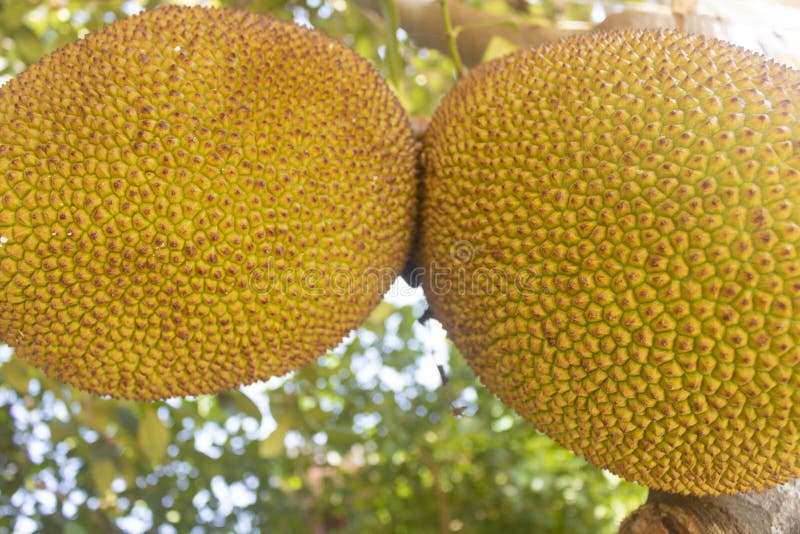

It’s likely that the rind will have a green tinge to it, that’s normal for pomelos and doesn’t necessarily mean it’s under-ripe. If it’s late in the pomelo season (April), you might be seeing pomelos that have been stored for a while. If it’s the very first shipment of pomelos in the store (December/January), they might have been picked slightly underripe. You’re likely going to have best results mid-season (February). Nonetheless, it’s worth trying! Here are my top tips for choosing the best pomelo: Travelling and warehousing take its toll on fresh produce. I’m happy to offer some hints for selecting good pomelos, but please know that when you live in a country where pomelo don’t grow, like we do, there’s a chance the pomelo will not be at its peak. You can always try asking the produce manager if he happens to know the variety or colour of the pomelo if that’s really important to you. “Ruby Pomelo” and “Jaffa Red” were deep pink varieties that were very similar in flavor to the honey pomelo. We’ve also bought pomelos labelled as “Grapefruit Pomelo” which was light pink, juicier and a little more tart than the honey pomelo. Based on my experience, unless specifically labelled otherwise, it is the light yellow Honey pomelo that is being sold under the “Pomelo” sign. Pomelo varieties are often not identified in the store. The flesh color is semi-transparent and may be pale lime, yellow, peach or dark pink depending on variety. While some varieties are more juicy than others, pomelo is typically less juicy than other citrus fruit. Pomelo is the least acidic of all citrus fruit and does not taste as “sour” as other citrus fruit. It comes in several different varieties all larger than grapefruit. It’s the biggest of all citrus fruit weighing between 2-4 pounds (1-2 kg).

Pomelo is a type of citrus fruit native to South and SouthEast Asia.


 0 kommentar(er)
0 kommentar(er)
